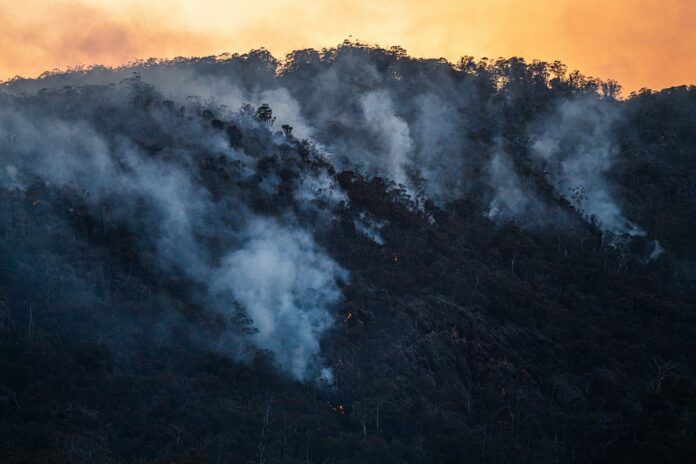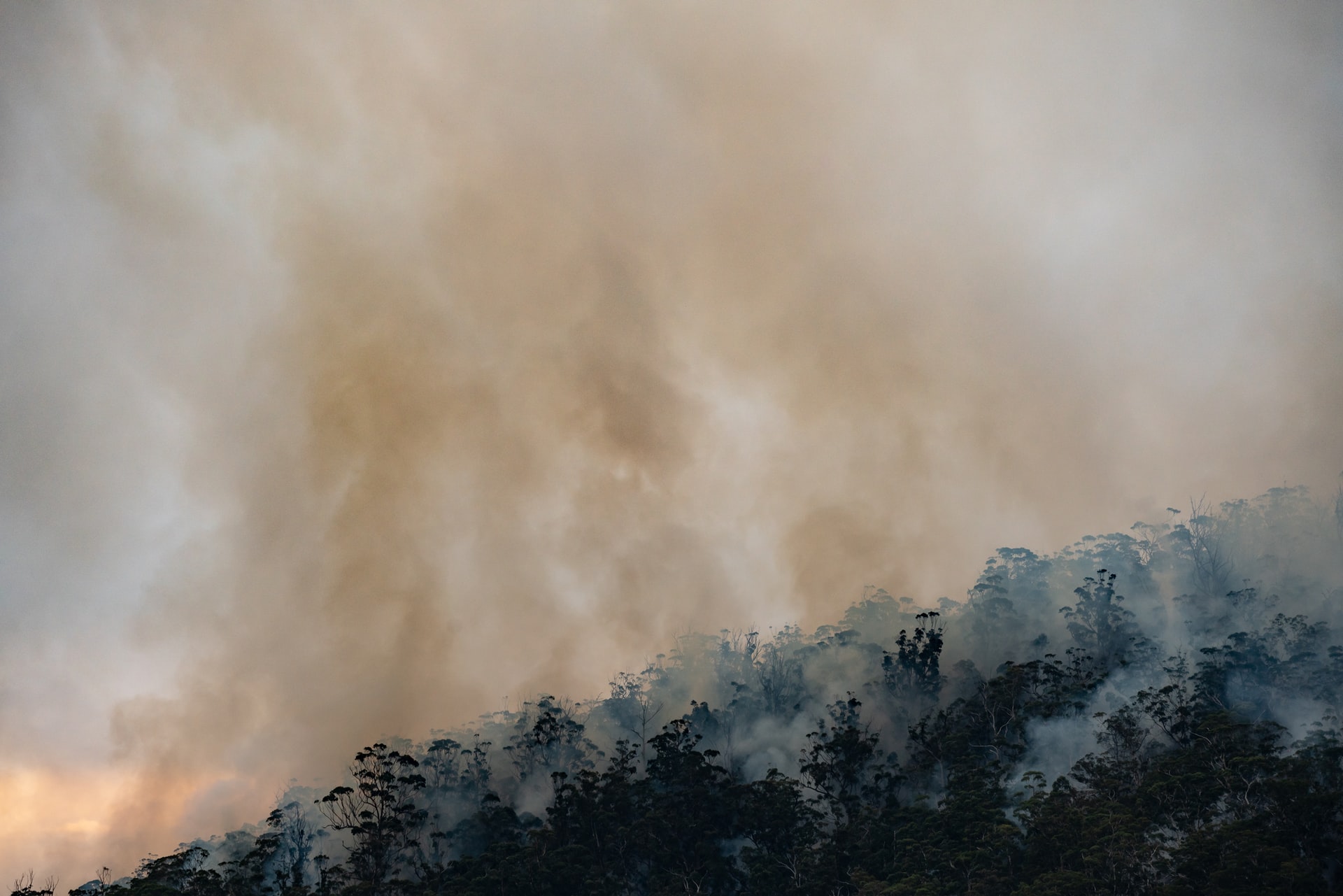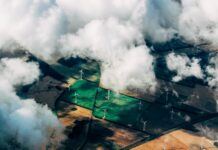NASA, the National Aeronautics and Space Administration, has accumulated data showing that the average world temperature has increased by two degrees Fahrenheit since 1880. Because of climate change, many parts of the United States and the rest of the world are seeing an increase in extreme weather events. At the same time, the polar ice caps are melting at a rate of 428 billion metric tonnes each year.
Climate Change Is Defined As:
A “series of changes to the Earth’s climate,” according to National Geographic, is what global warming is all about. Depending on who you ask, the term “global warming” might mean different things.
These modifications have the potential to influence long-term weather patterns, albeit the results will vary depending on where they occur. However, long-term variations in precipitation, wind patterns, and temperature are all caused by the same forces that are causing climate change.
The terms global warming and climate change are frequently used interchangeably by individuals and organizations. A rise in global temperatures due to an increase in greenhouse gases is all that is being described by the United States Geological Survey as global warming.
The Consequences Of Climate Change:
According to the Natural Resources Defense Council (NRDC), global warming has a number of negative consequences:
The frequency and severity of extreme weather occurrences are both rising. While Earth warms, the atmosphere expands its capacity to contain and absorb more water. This usually causes dry areas to become even drier while flooding occurs in formerly wet areas.
Hurricanes, droughts, floods, and extended heat waves are just a few examples. Because of the uneven moisture distribution, hurricanes, tornadoes, and other natural disasters are more likely to occur. Global warming has ramifications beyond the lives of individuals.
Vertebrate species have been vanishing at a rate 100 times greater than typical and expected over the previous century.
It’s possible that we’re witnessing the sixth mass extinction event involving vertebrate species, according to research published in the scholarly journal Science Advances in June 2015.
So, it’s clear that a lot of animals are going extinct because of the changes brought on by climate change.
Climate Change: What Is It, And How Bad Is It?
Throughout Earth’s history, temperatures have risen and fallen.
Global warming put simply, is an increase in global and domestic average temperatures that have occurred over time.
However, global warming-related temperature rises are accelerating at a faster rate and are directly linked to pollution generated by humans.
When it comes to global warming, the increase in average temperatures through time has been seen and studied by scientists.
Temperatures that are higher or lower than average in any given year are part of the natural weather cycle.
Since 1880, the global surface temperature has risen unevenly but steadily, according to data compiled by the NOAA.
What Effect Does Global Warming Have?
When the Earth’s atmosphere is dense with greenhouse gases, the heat cannot escape quickly enough.
Greenhouse gases are a significant contributor to the buildup of heat at the Earth’s surface.
As a result, temperatures will rise gradually but unavoidably throughout the world.
The earth’s atmosphere can be compared to a massive and intricate greenhouse.
After being absorbed by the Earth’s surface, sunlight and heat are released as infrared heat and reflected upward.
The earth’s gravitational pull keeps air and clouds near the planet’s surface. Light from the sun is filtered by the earth’s atmosphere.
Greenhouse gases capture and re-radiate heat away from the earth’s surface, preventing it from exiting.
Runaway greenhouse effects and their consequences are seen in our own solar system, for example.
The average temperature on Venus’s surface is 864 degrees Fahrenheit due to the planet’s thin atmosphere, which traps very little heat.
As an illustration of what can happen if the greenhouse effect becomes too strong, NASA used Venus.
What Are The Root Causes Of Climate Change?
Approximately 70 to 100 years of global temperature rise has been attributed to the greenhouse effect, according to NASA experts.
A greenhouse gas is anything that emits heat, including water vapor.
Methane, carbon dioxide, and nitrous oxide are the primary greenhouse gases. These gases all contribute to climate change in one way or another.
Many human activities produce the greenhouse gases responsible for global warming:
Chlorofluorocarbons:
The ozone layer is endangered by the usage of certain substances, hence they are prohibited.
When people participate in certain industrial operations, synthetic substances called chlorofluorocarbons (CFCs) are created.
So-called “greenhouse gas”
When volcanoes erupt, fossil fuels are consumed, and plants and trees are removed from the land, the amount of this gas in the atmosphere rises.
It’s a naturally occurring byproduct of mammalian respiration.
Oxygen enriched with nitrous oxide:
It is also created and emitted through the burning of fossil fuels and biomass.
It’s commonly released when organic or commercial fertilizers are applied or used.
Animal digestion produces enormous amounts of methane, which is a potent greenhouse gas.
In landfills, garbage can decompose into methane, which is a greenhouse gas and can be utilized as fertilizer in agriculture.
Large herds of beef cattle are responsible for a huge amount of methane being released into the atmosphere each year.
What Can We Do To Halt Climate Change?
Governments and people can take a variety of measures to slow or halt global warming.
To repair ecosystems that have been harmed by human activity, governments can appropriate funds for the conservation and preservation of these regions.
Restorative measures such as replanting trees can help restore ecosystems more simply than more involved ones such as minimizing harm to sensitive wetlands.
The greenhouse impact can be amplified significantly by these chemicals and soot particles.
The number of particles and short-lived pollutants now discharged into the atmosphere will decrease if we use fewer fossil fuels.
In addition to halting deforestation, additional steps to limit global warming include changing the meat business to reduce the amount of methane and other greenhouse gases released.
Another way governments may create a better environment is by providing financial assistance to small farms and agricultural producers who produce food using sustainable ways.
In some circumstances, this may entail relocating vulnerable populations or offering technologies to assist in restoring the viability of their communities.
The human cost of climate change must be minimized by helping communities in the most severely affected places.









